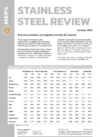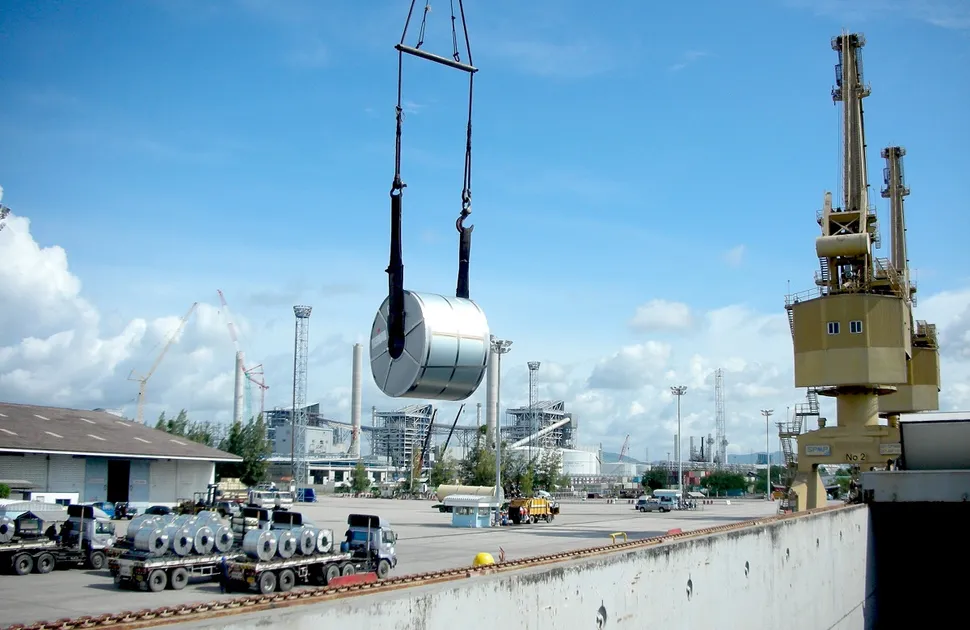Import scarcity intensifies EU stainless steel shortage
The shortage of stainless steel coil and sheet in Europe has renewed market discussion surrounding the European Commission’s (EC’s) safeguard quotas.
Initially, a number of industry representatives requested that import volumes be tightened, in response to the pandemic-induced slump in demand, witnessed during the second quarter of last year. However, at the time this was rejected by the EC and the original quotas remain in place, as planned, until June 30, this year.
During the first wave of the coronavirus, distributors and traders cut back on purchasing activity. The rapid upturn in demand, from the automotive and white goods sectors, in late 2020, quickly utilised available stocks in the market.
Buyers eventually resumed ordering material from the steelmakers. Many opted to place tonnages with their local mills, as opposed to procuring third country steel. This was due to the uncertain global situation. Consequently, European stainless steel producers started to fill their order books quickly.
It became apparent towards the end of last year, that material shortages in several grades and sizes of hot and cold rolled coil would be a major issue in the first half of 2021. However, Asian stainless steel prices were climbing, as raw material costs increased and shipping rates more than doubled due to the container shortage. This, combined with the EC safeguard quotas and antidumping measures, deterred many European stainless steel buyers from ordering imports to supplement their local supply.
Antidumping duties on material of Chinese, Indonesian, and Taiwanese origin had already drastically reduced the volume of hot rolled stainless sheet and strip entering the European market. Only 5 percent of the EC safeguard quota allowance was utilised during the first three months of this year.
Buyers question safeguards
It is without doubt that the EC safeguard measures and antidumping duties have helped to reduce the volume of hot and cold rolled coil and sheet entering Europe. However, with the current significant shortages, buyers question if the local stainless steel producers have enough production capacity to satisfy the domestic market. Consequently, they are also querying whether the EC safeguard quotas are still required.
So far, no formal indication regarding the renewal of the safeguard quotas has been provided by the EC. However, it is expected that the measures will be extended as overproduction in China remains a concern and the Section 232 tariffs still apply in the United States.
Several industry observers speculate that a small increase to the quota volumes for all categories may be applied. Previous annual rises were between 3 and 5 percent. However, with such considerable shortages across stainless steel products, potential exists for more targeted changes to specific categories, to better reflect the current market requirements.
Supply chain participants eagerly await the EC’s decision, which will be notified in advance of the June 30 expiry date.

Source:
Stainless Steel Review
The MEPS Stainless Steel Review is an invaluable monthly guide to international stainless steel prices and includes the latest global stainless steel industry analysis.
Go to productRequest a free publication





